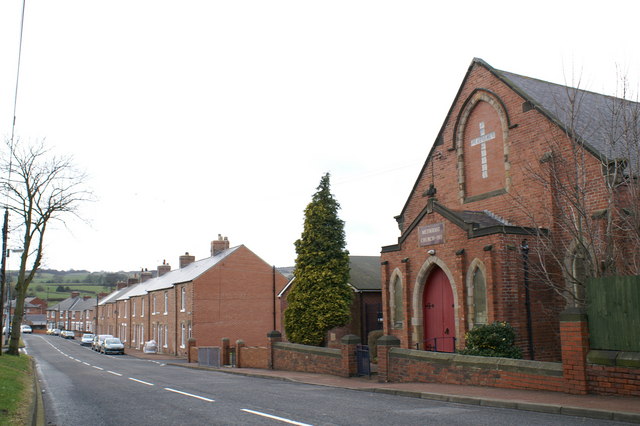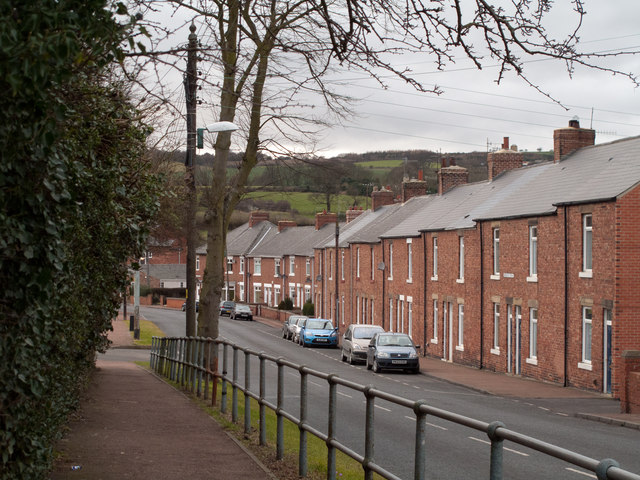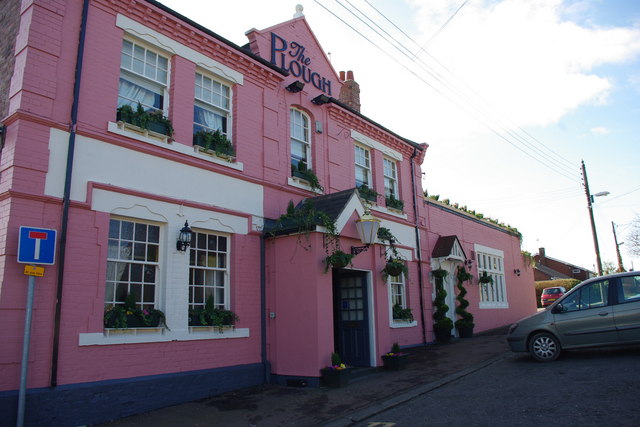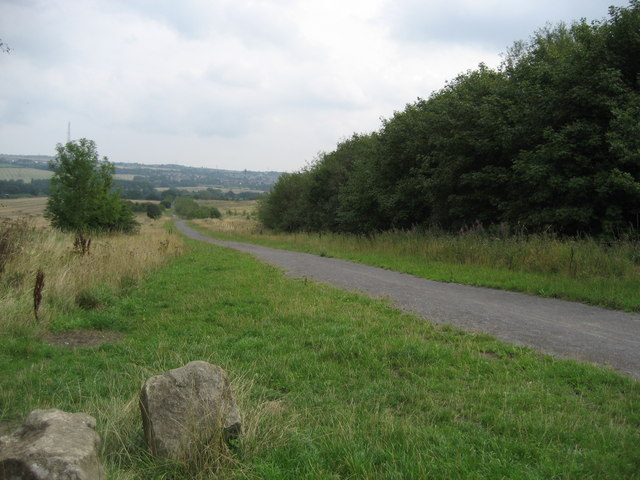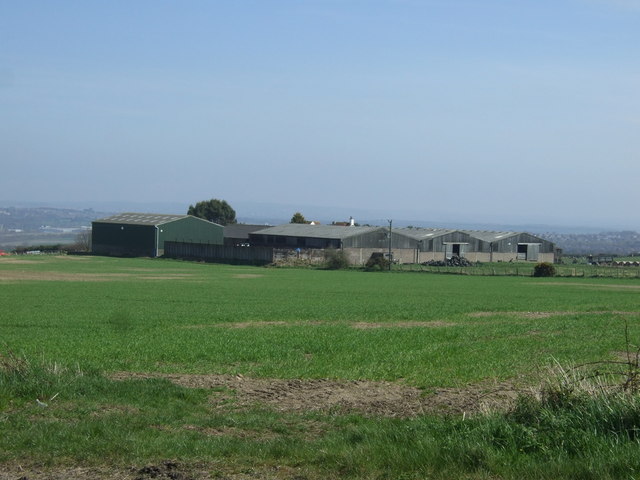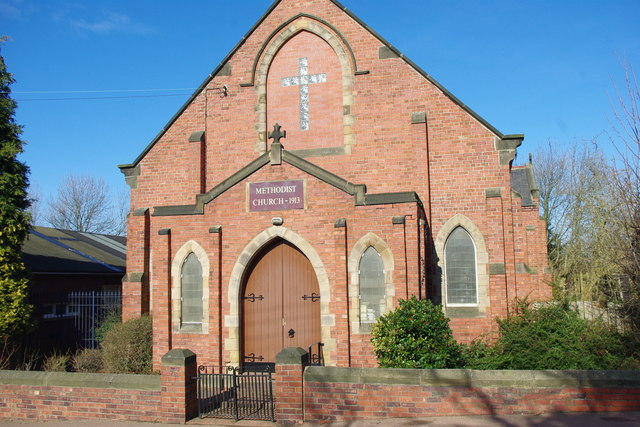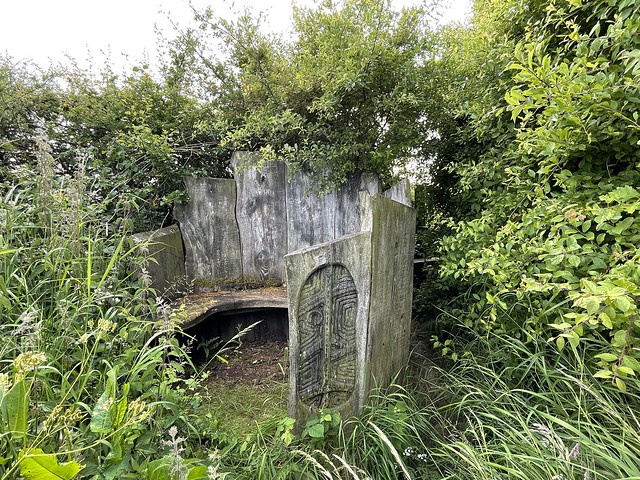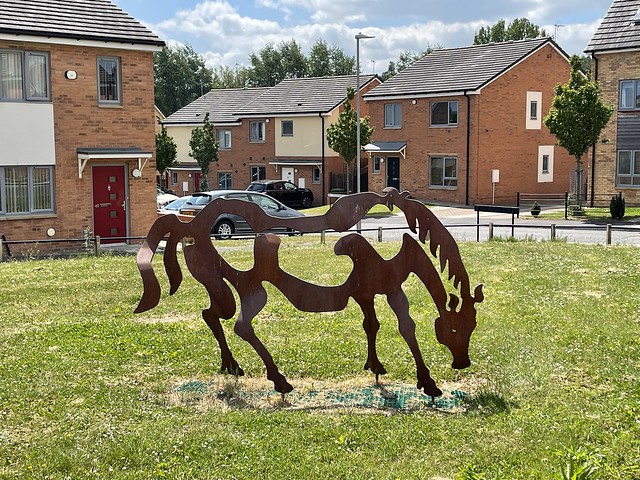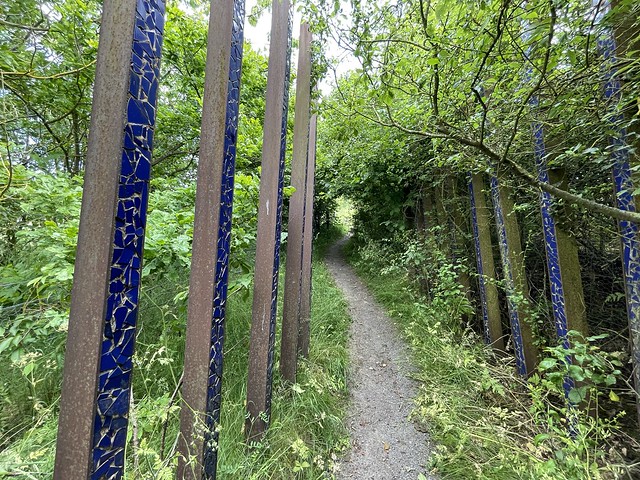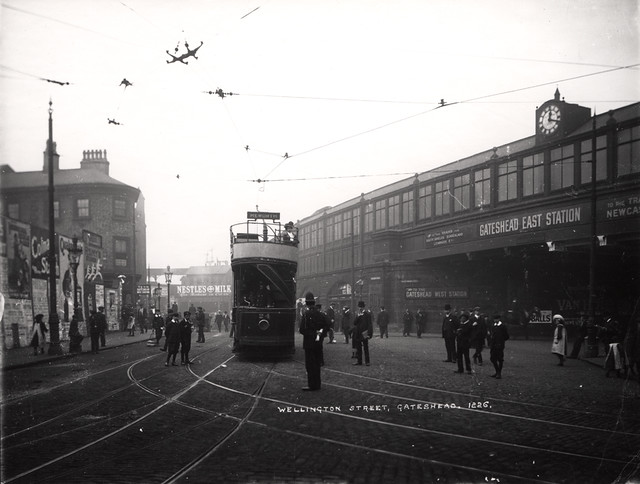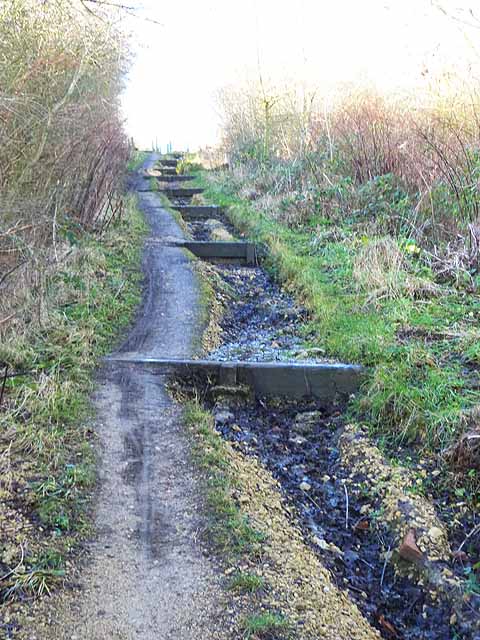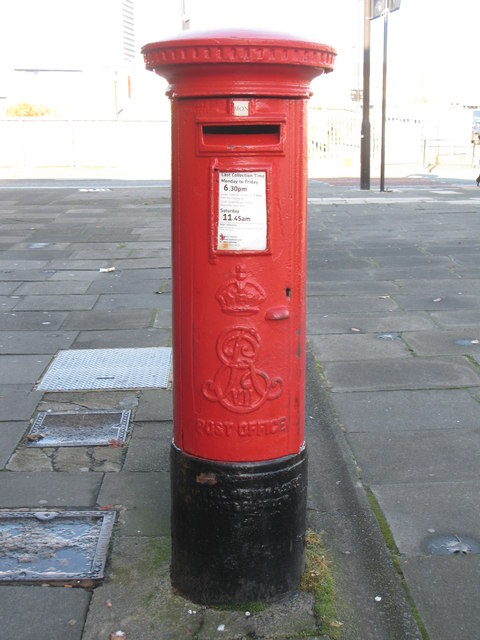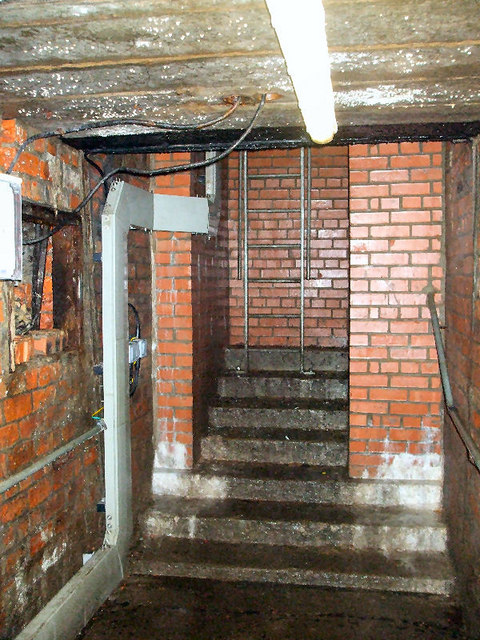Topics > Tyne and Wear > Gateshead > Kibblesworth
Kibblesworth
Kibblesworth, meaning Cybbel's Enclosure, is a village west of Birtley, Tyne and Wear, England. Kibblesworth was a mainly rural community until the development of the pit and brickworks and the resulting increase in population. Now, after the closure of the pit, few of the residents work in the village. Formerly in County Durham it was transferred into the newly created county of Tyne and Wear in 1974.
Churches & Chapels
Kibblesworth is in the parish of St. Andrews, Lamesley. While the area was agricultural, this was the centre of worship for the people of Kibblesworth. After the development of the mining industry, the Primitive Methodist Chapel (1869) and Wesleyan Methodist Chapel (1868), provided social as well as religious life for the village. The present chapel was built by the Wesleyan Methodists in 1913. The Primitive Methodist Chapel has now been converted into flats.
The Colliery
Although there had been coal-mining in the Kibblesworth area from medieval times, relatively few men were employed in the industry until the sinking of Robert Pit in 1842. From this date the fortunes of the village followed those of the industry with particular black spots during the strikes of 1921 and 1926 and the depression of the 1930s, high spots in the boom of the 1950s and 60s, and eventually closure of the pit in 1974.
The Bowes Railway was used for the transport of coal from Kibblesworth to the River Tyne at Jarrow. The line was started by George Stephenson in 1826 and extended to Kibblesworth when Robert Pit was sunk in 1842. The railway used three types of power - locomotives, stationary steam engines and self-acting inclines. There is now a cycletrack that runs along the former track bed.
Notable buildings and structures
The square at Spout Burn was built to house the miners of Robert Pit. It was demolished between 1965 and 1966, and replaced by old people's bungalows the following year and the Grange Estate from 1973.
Better known as 'the Barracks', Kibblesworth Old Hall was divided up into tenements. The memory survives, in the street named Barrack Terrace. The hall was demolished and replaced by the Miner's Institute in 1934. The area has recently been redeveloped for housing.
In 1855 a short test tunnel for the London Underground was built in Kibbleworth, because it had geological properties similar to London. This test tunnel was used for two years in the development of the first underground train; in 1861 it was filled in.
Kibblesworth Hall was for many years the home of the colliery manager. It was demolished in 1973.
The original Kibblesworth School was built in 1875, and closed in 1972. It has since been redeveloped using Lottery funding to house the village community centre known as the 'Millennium Centre'. The present school opened in 1972.
Chronology
1842 The sinking of Robert Pit
1842-1850 The Square and Barrack Terrace built
Old Hall (Barracks) converted to tenements
1855 Metropolitan Railway dug a small tunnel to test digging skills before moving onto London.
1862 Causey Row built
1864 The Opening of Primitive Methodist Chapel
1867 The Opening of Wesleyan Methodist Chapel
1875 The Opening of school
1901 School extensions built, Coronation Terrace built
1908 The Old Plough Inn demolished
1913 The Opening of New Wesleyan Chapel
1914 The Crescent built and Grange Drift opened
1921 Miners' strike
1922 First aged miners' homes, opposite Liddle Terrace
1926 General Strike
1932 Closure of Grange Drift
1934 Barracks demolished and Miners' Welfare Institute built on site
1936 First council housing in Ashvale Avenue and Laburnum Crescent
1947 Nationalisation of the pits
1965 The Square demolished
1974 Closure of the pit
Notable people
- Si King, TV presenter (The Hairy Bikers).
Visit the page: Kibblesworth for references and further details. You can contribute to this article on Wikipedia.
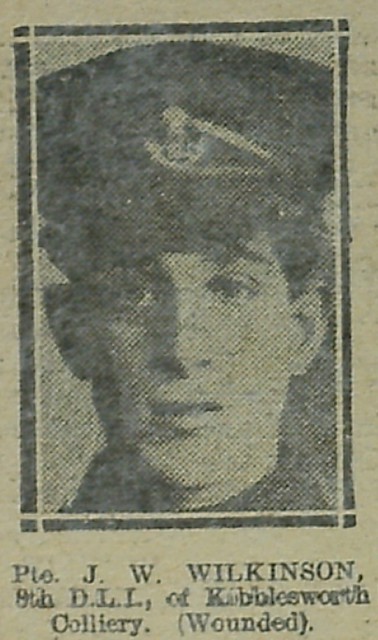
from IllustratedChronicles (flickr)
JW WIlkinson - 8th DLI - Kibblesworth Colliery (Wounded)
Pinned by Simon Cotterill
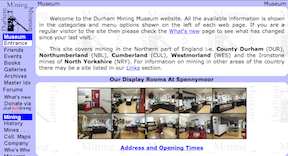
from http://www.dmm.org.uk/collier…
Kibblesworth Grange Drift Mine
- Opened 1914
Closed: Dec 1932
Added by
Simon Cotterill

from https://www.gateshead.gov.uk/…
Kibblesworth - Urban Design Framework
- Planning document from Gateshead Council - includes sections on history of Kibblesworth
Added by
Simon Cotterill


from IllustratedChronicles (flickr)
JW WIlkinson - 8th DLI - Kibblesworth Colliery (Wounded)
Pinned by Simon Cotterill

from http://www.dmm.org.uk/collier…
Kibblesworth Grange Drift Mine
- Opened 1914
Closed: Dec 1932
Added by
Simon Cotterill

from https://www.gateshead.gov.uk/…
Kibblesworth - Urban Design Framework
- Planning document from Gateshead Council - includes sections on history of Kibblesworth
Added by
Simon Cotterill
